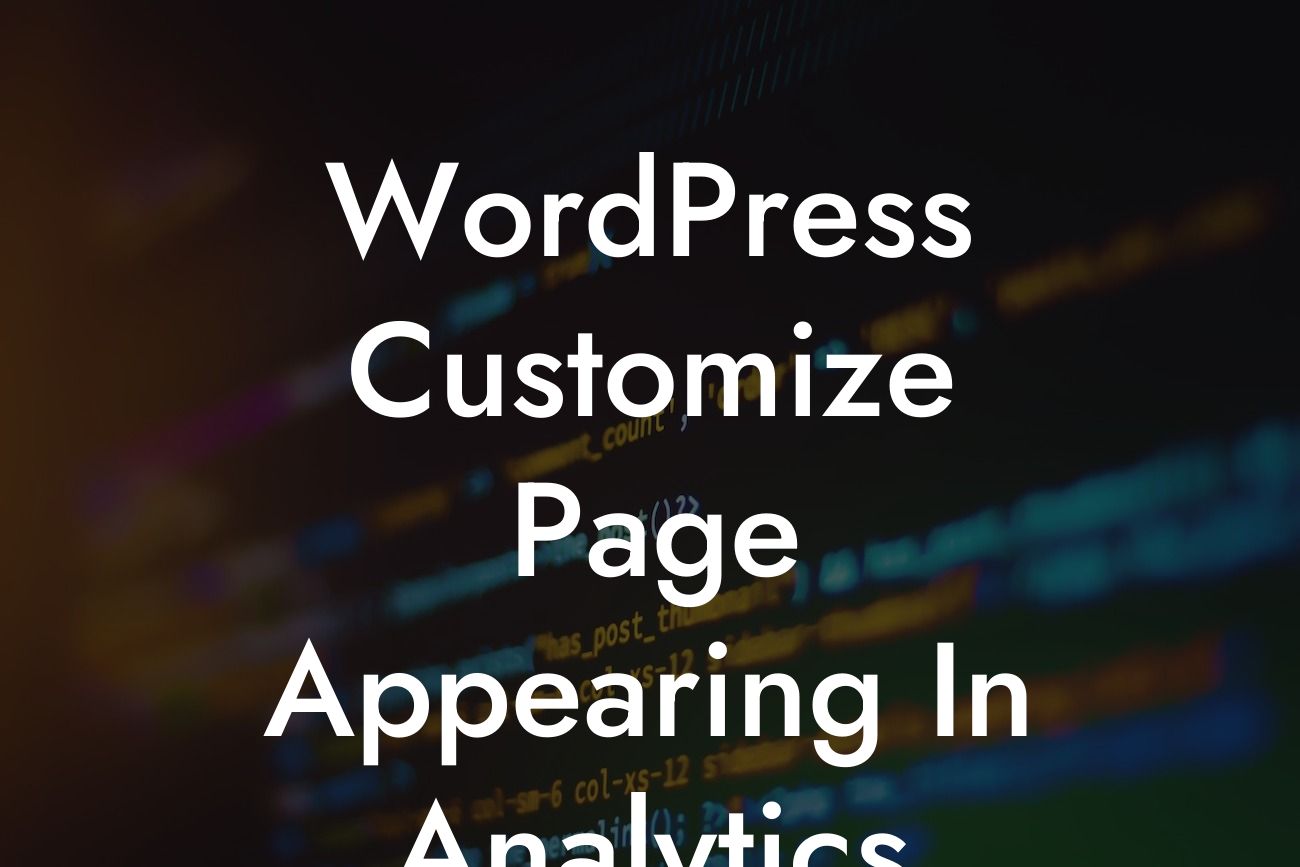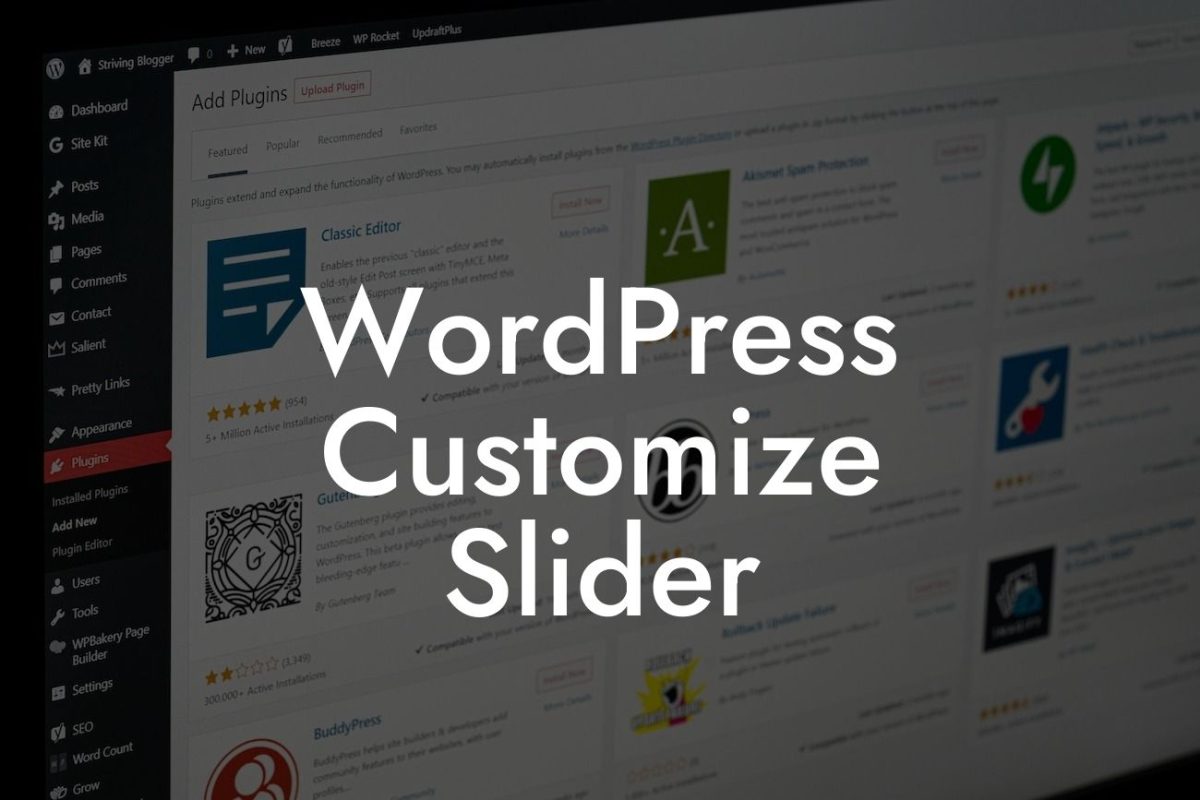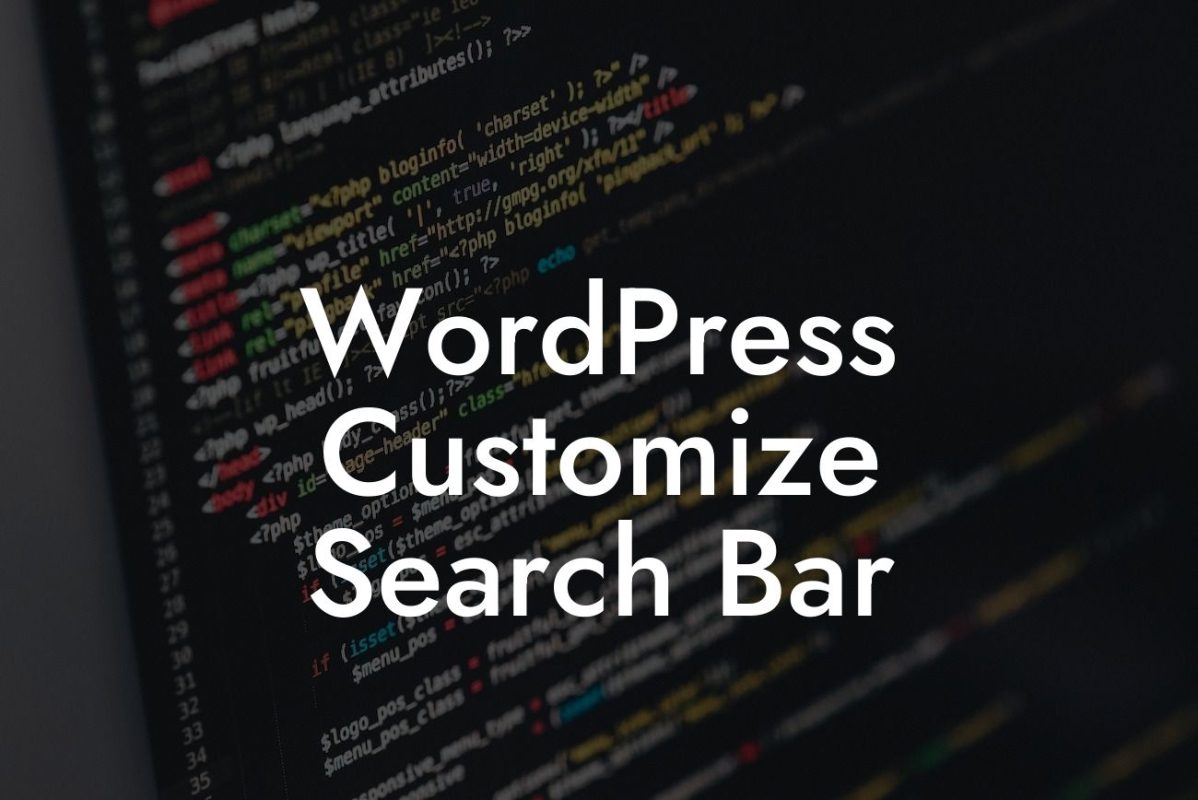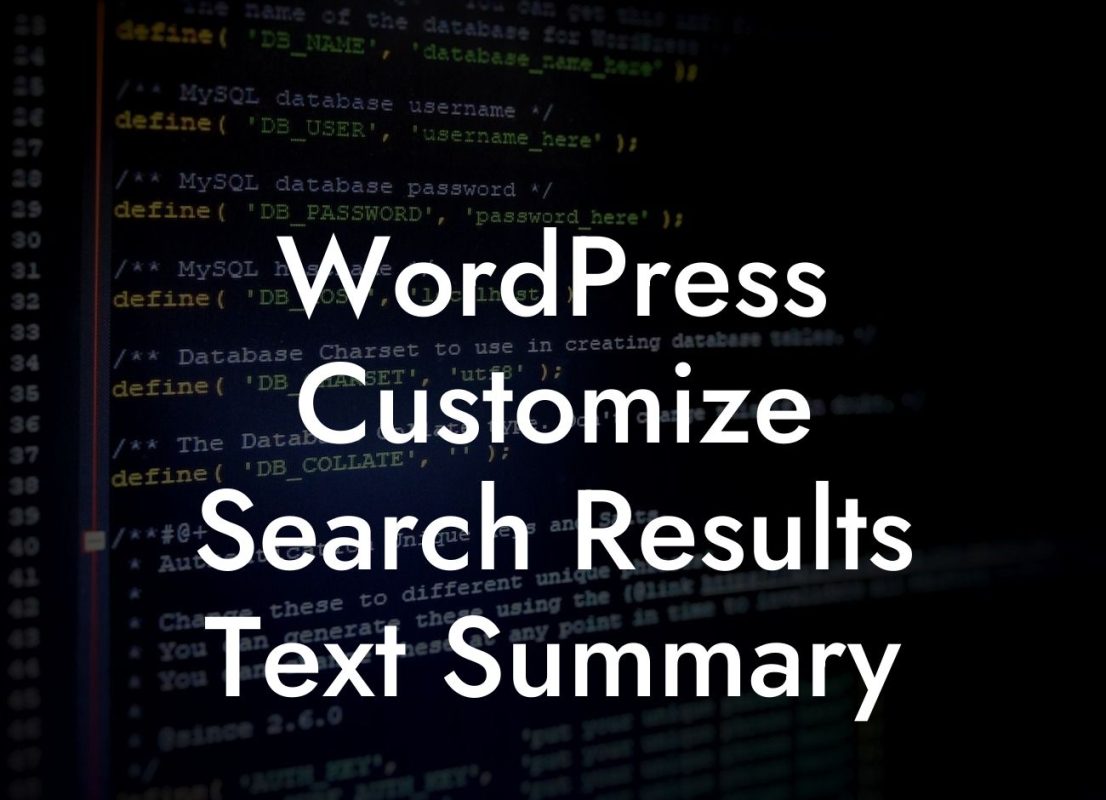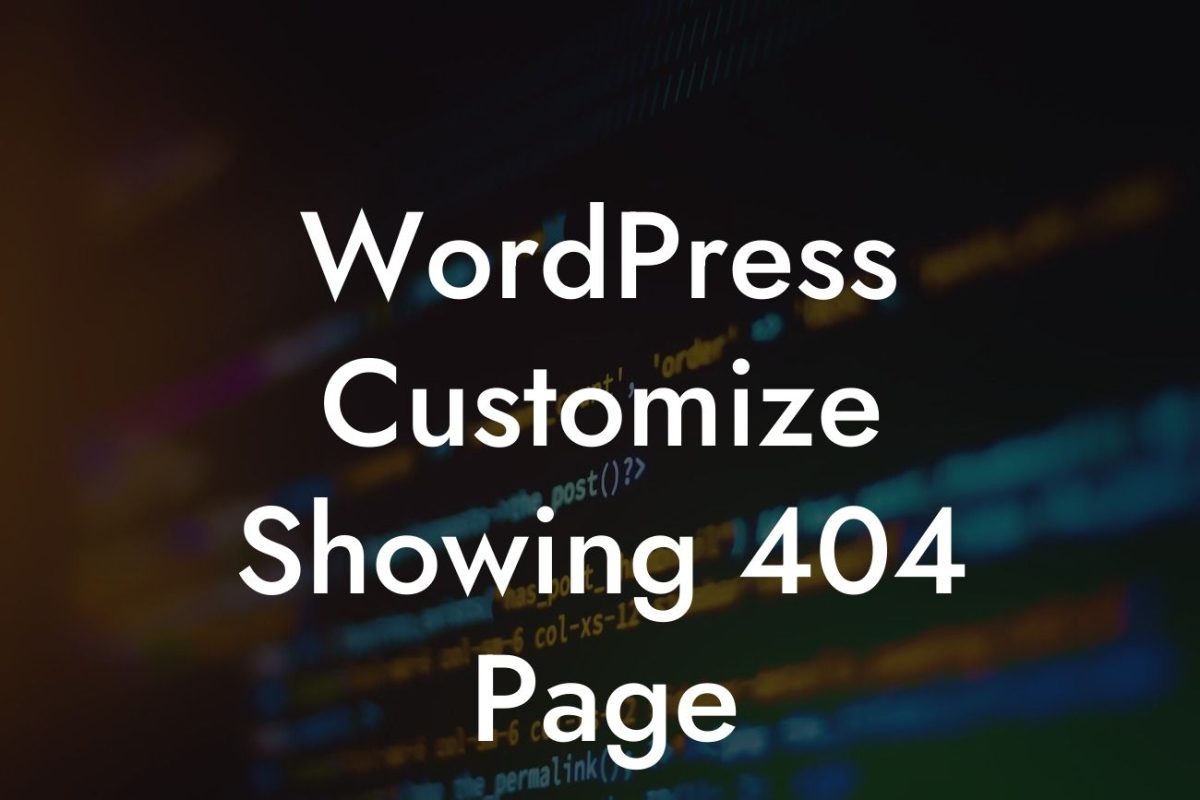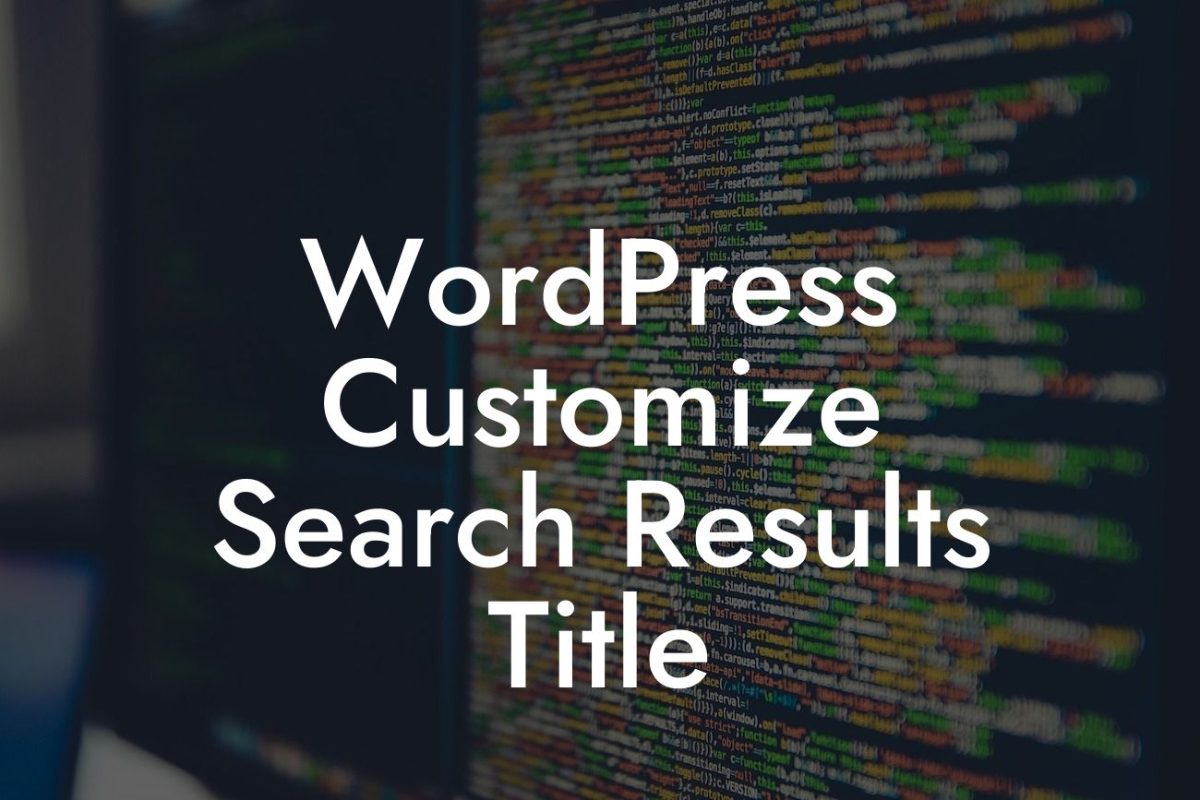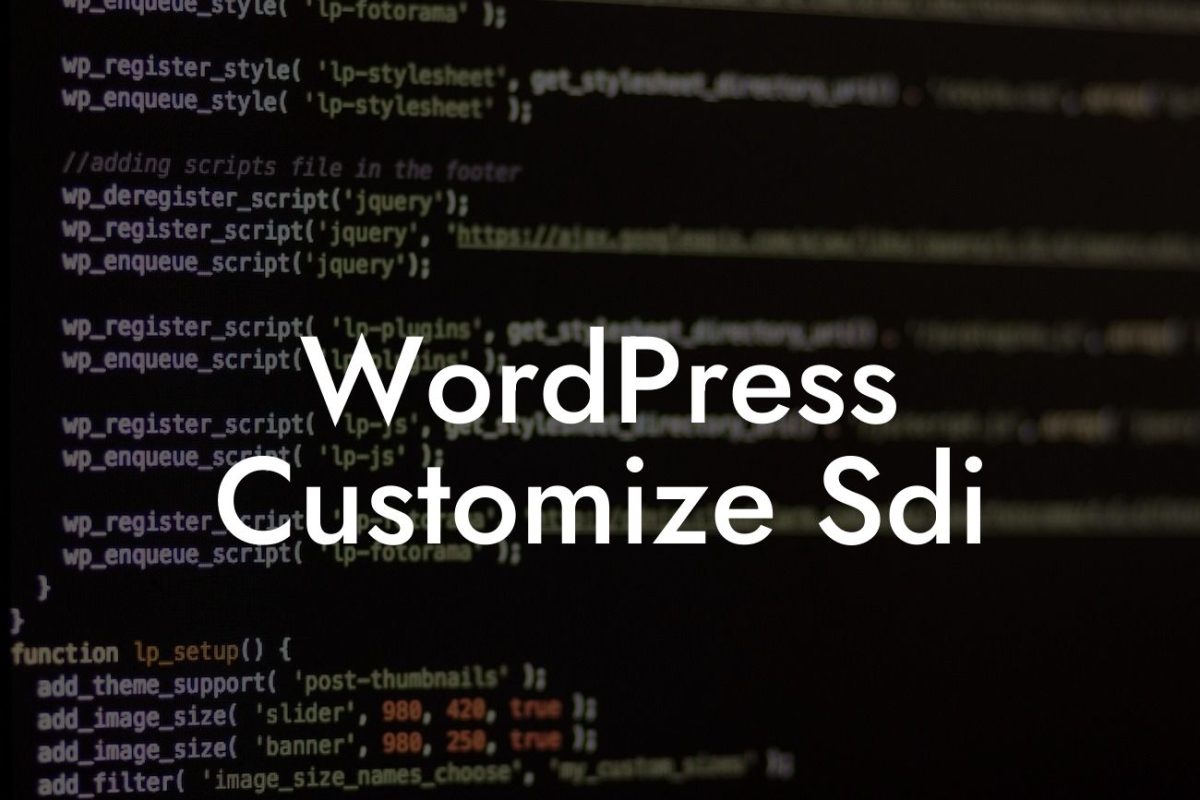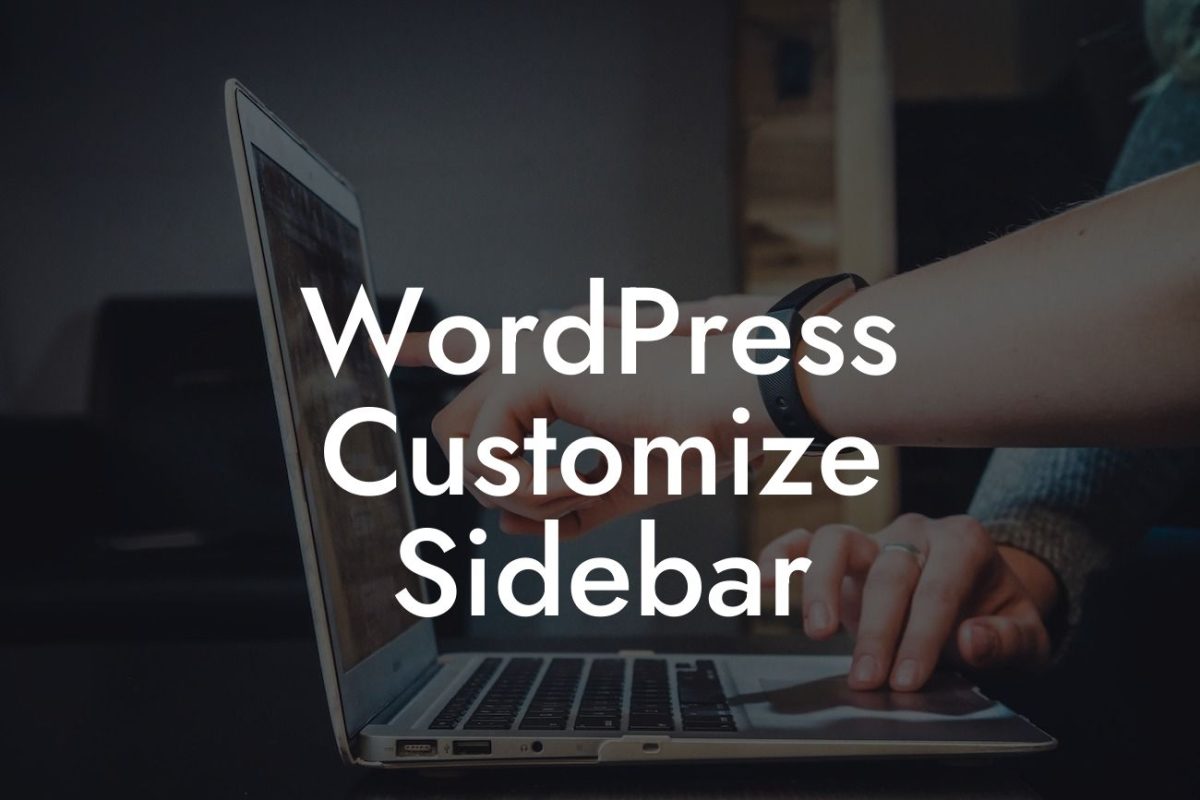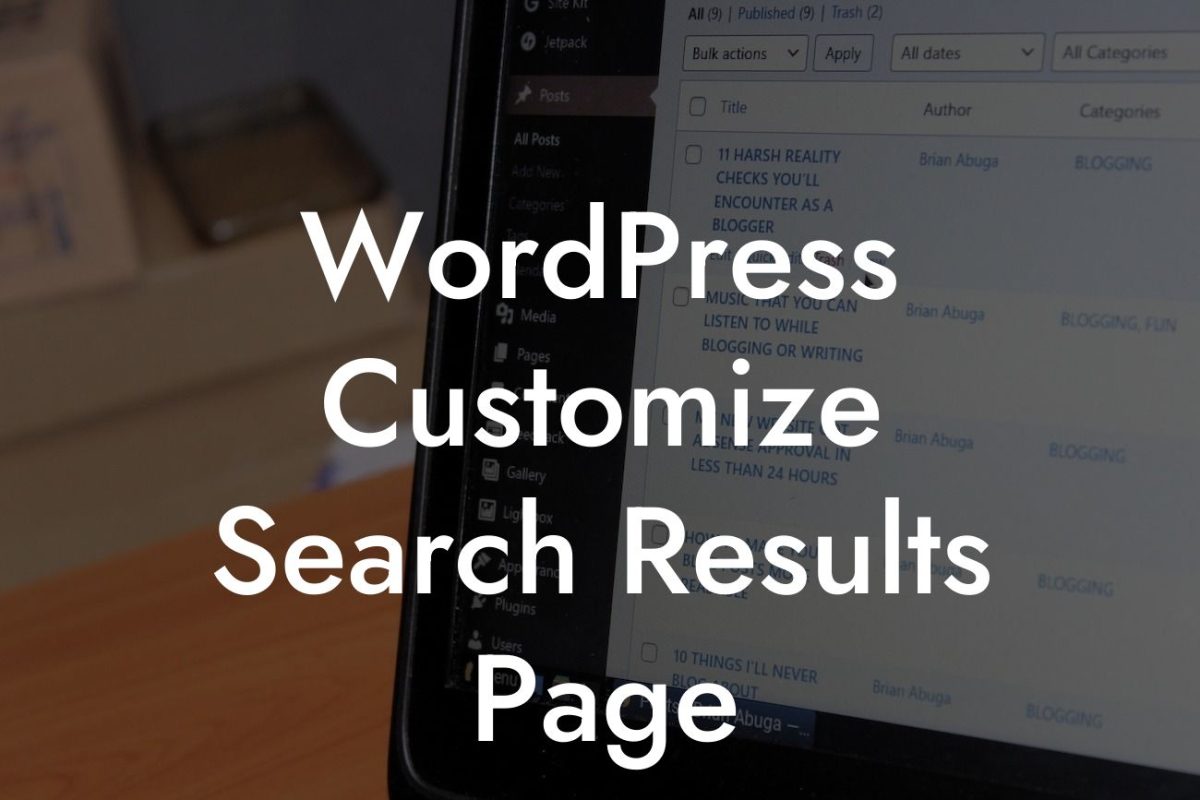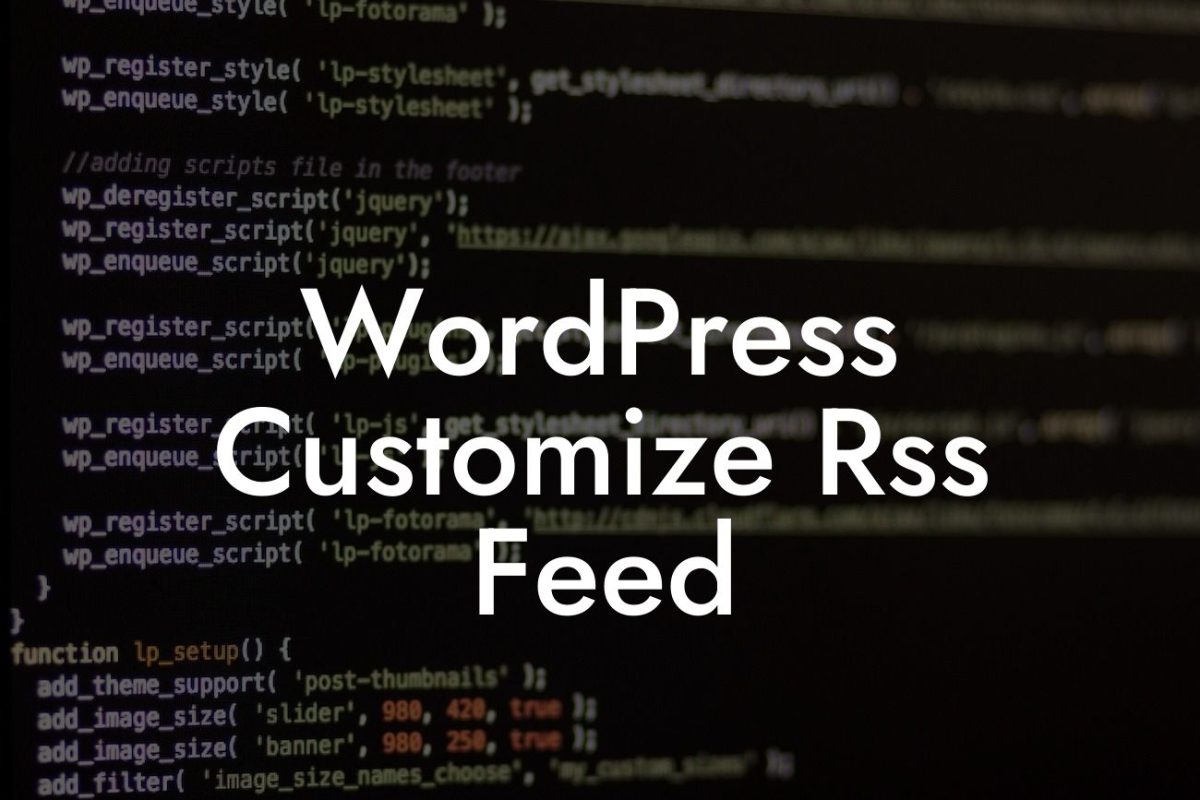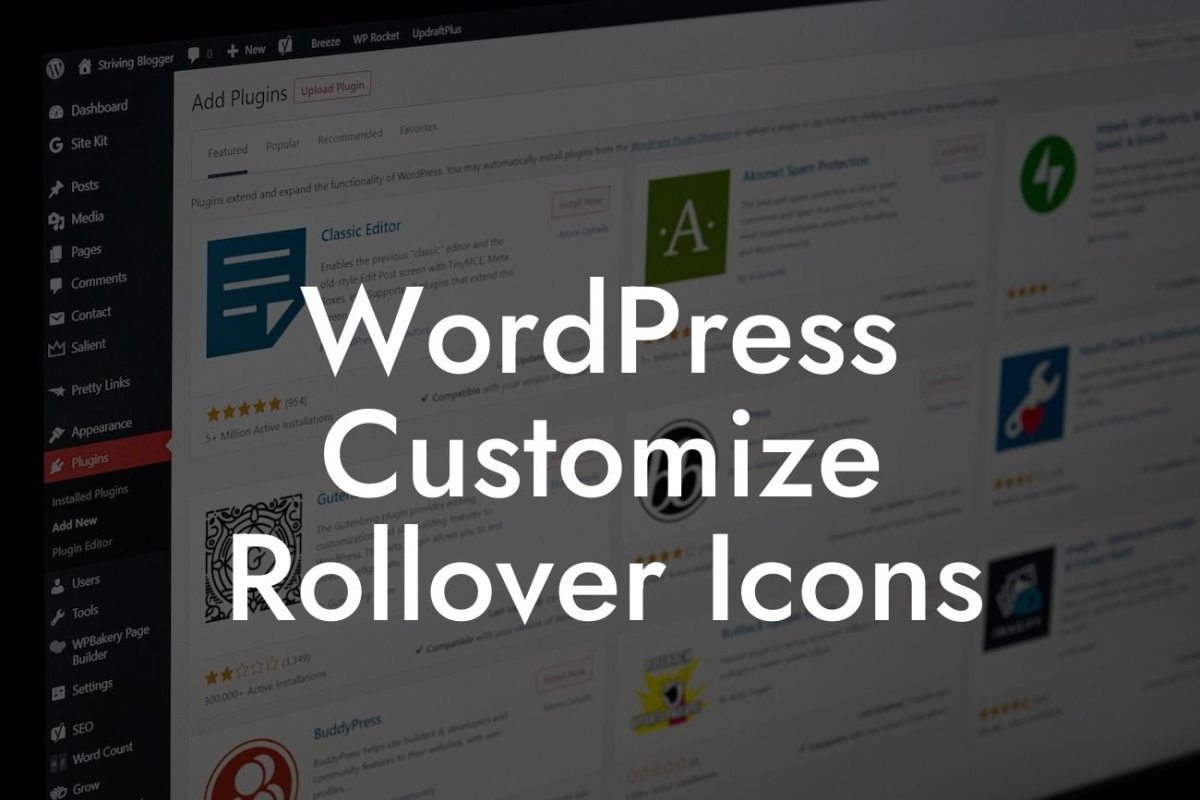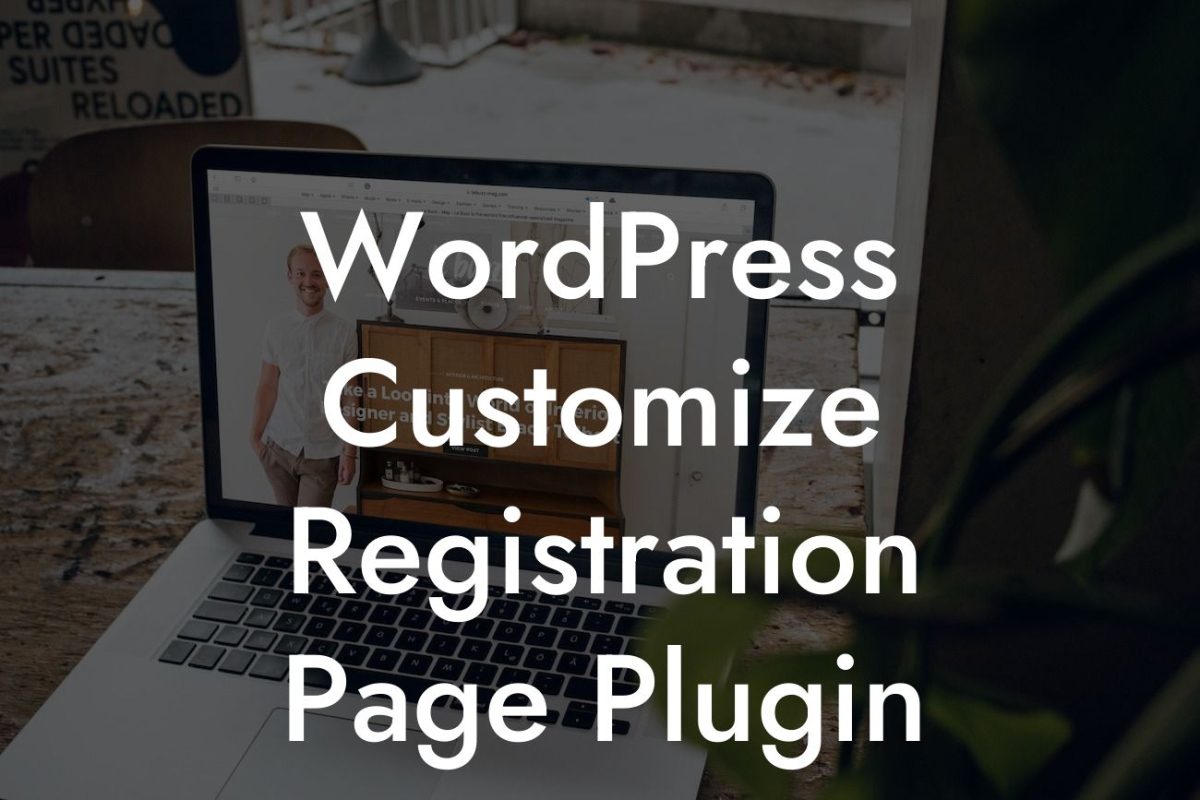Have you ever wanted to track the performance of your WordPress custom pages in Google Analytics but found it challenging? As small businesses and entrepreneurs, we understand the importance of accurate data and the role it plays in making informed decisions. This is why DamnWoo is here to guide you through customizing your Google Analytics code and implementing it on your WordPress website. With our step-by-step instructions, you'll be able to unlock valuable insights and supercharge your online presence like never before.
Engaging with your target audience is crucial for small businesses and entrepreneurs to drive success. With custom WordPress pages, you have the freedom to create unique landing pages, product showcases, or even personalized sales funnels. However, without the ability to track the performance of these custom pages, it becomes challenging to understand what is and isn't working in your online strategy.
In order to track your WordPress custom pages in Google Analytics, you'll need to follow these steps:
1. Create a Google Analytics account: If you haven't already, create a Google Analytics account for your website. Choose the appropriate settings and note down your tracking ID.
2. Install a Google Analytics plugin: DamnWoo offers a range of powerful WordPress plugins, including a Google Analytics plugin that seamlessly integrates with your website. Install and activate the plugin to get started.
Looking For a Custom QuickBook Integration?
3. Navigate to the plugin settings: Once activated, navigate to the plugin settings in your WordPress dashboard. Enter your Google Analytics tracking ID and configure any additional options you require.
4. Customize your Google Analytics code: To track your custom pages accurately, you'll need to make small modifications to your Google Analytics code. Don't worry, it's easier than it sounds. Simply follow our guide on DamnWoo's website to learn how to customize your code without any hassle.
5. Implement the code on your WordPress custom pages: Now that you've customized your Google Analytics code, it's time to implement it on your custom pages. Whether you're using a page builder or coding manually, our detailed instructions will guide you through the process effortlessly.
Wordpress Customize Page Appearing In Analytics Example:
To better illustrate the process, let's consider an example. Sarah runs an online boutique and wants to track the performance of her custom product showcase page. By customizing her Google Analytics code and implementing it on this specific page, Sarah can gain valuable insights into the conversion rates, traffic sources, and user behavior on her showcase page. With this data, she can make data-driven decisions to optimize her product offerings and increase her online sales.
Congratulations! You've successfully learned how to track your WordPress custom pages in Google Analytics. By customizing your Google Analytics code and implementing it on your website, you've unlocked a world of data and valuable insights. Remember, at DamnWoo, we're dedicated to helping small businesses and entrepreneurs elevate their online presence and achieve success. Explore our range of awesome WordPress plugins, discover more guides on our website, and supercharge your digital journey today. Don't forget to share this article with others who may benefit from it!

